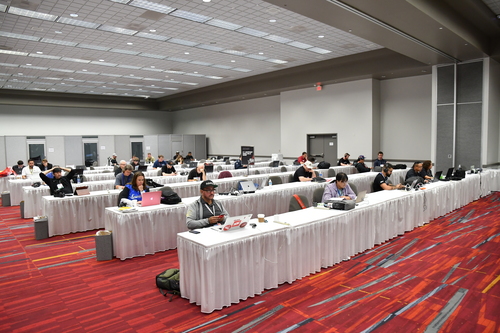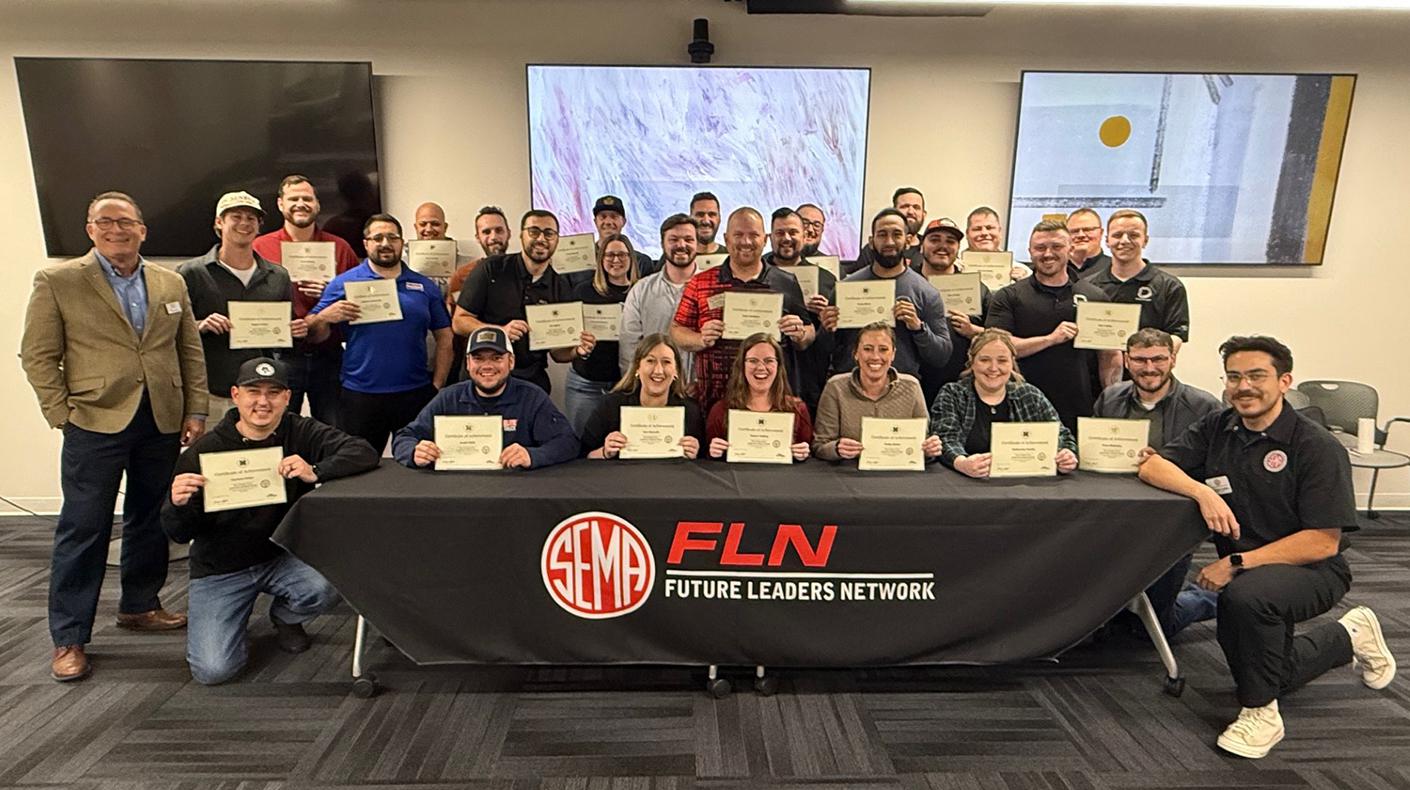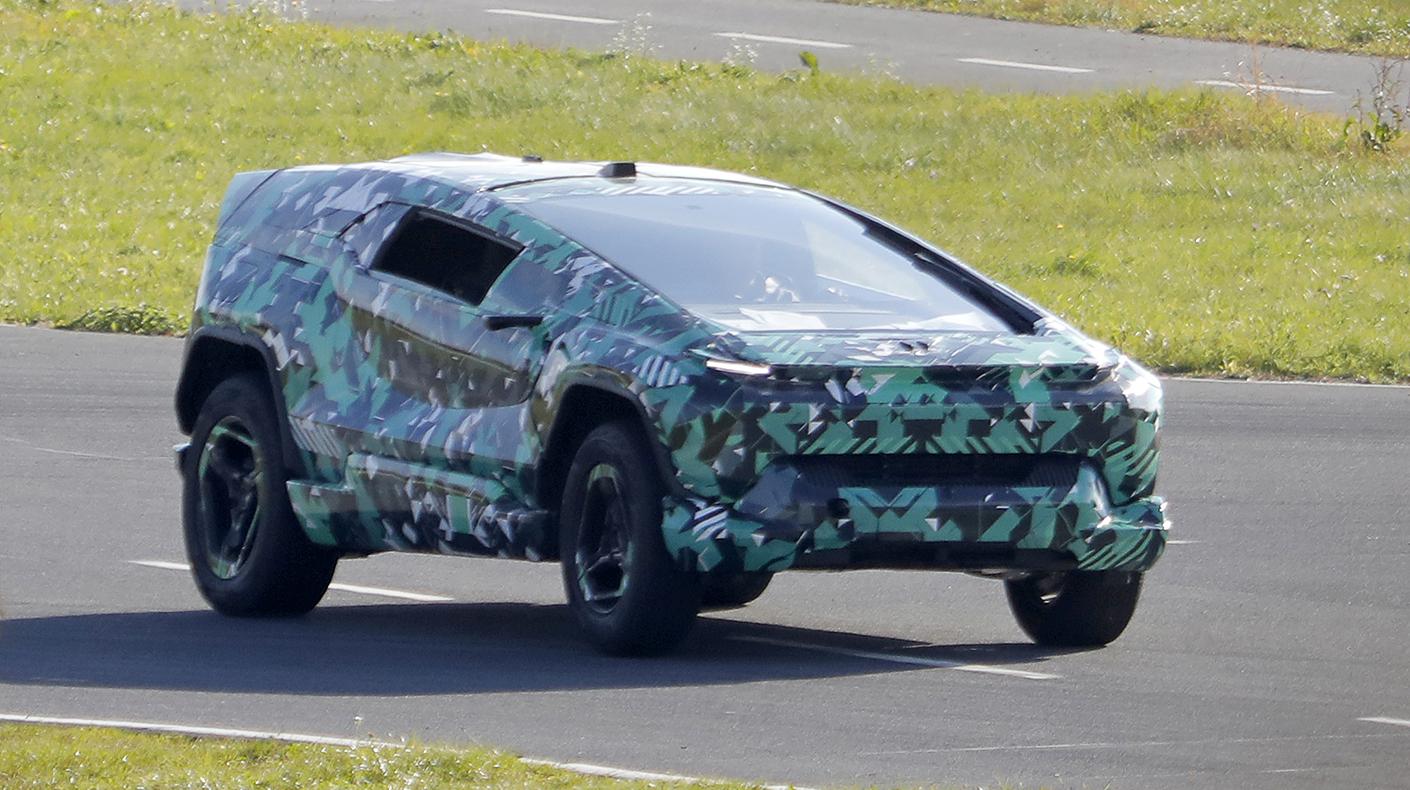By Della Domingo

between landing a front-page story, and ending up on the cutting-room floor.
With thousands of exhibitors and new products being debuted, the SEMA Show is a valuable resource for journalists. The media rely on the SEMA Show to obtain content for their magazines, newspapers, blogs, podcasts, television programs and more. While the opportunities for the media are abundant, they are also often inundated with material that they are unable to use.
Understanding what the media is looking for can make the difference between landing a front-page story, and ending up on the cutting room floor. Here are some tips from journalists who have attended the Show:
- Post Releases Online: Many media outlets operate with small staff. They don’t often have time or resources to chase down stories. Journalists have confirmed that they refer to the Online Media Center for content before, during and even after the SEMA Show, with nearly three out of every four media utilizing SEMA’s online resources including the Online Media Center. The Online Media Center is a portal where all SEMA Show exhibitors can upload press releases. Exhibitors can attach photos and select the market segments that are relevant to their news. Upload your press release here.
- Focus on the Benefits: Highlight the key benefits of your product in the beginning of your press release. Reporters receive countless press releases announcing new products, so having a new product isn’t news to them. What does interest them is what makes your product different. “Tell me what problem your product is solving.”
- Consider the Media’s Format and Assets: While many media outlets post news stories online, many also have printed publications and need high-res images. 77% of media typically use SEMA photos. Reporters also suggest including links to short videos. “If all you have is a still, it’s not as exciting. Video tells a story.” Journalists have said that the video does not need to be professionally produced and most cell phones are capable of generating acceptable videos for their needs.
- Be Available: During the SEMA Show, a media pet peeve is the inability to reach a manufacturer whose product or company they’re interested in covering. If a member of the media reaches out to you, responding in a timely fashion could be the difference between getting coverage or not. Make sure the person listed on your press release is available during the SEMA Show to answer media questions.
- Consider Offering Embargos: Journalists understand that exhibitors oftentimes break announcements on the first day of the SEMA Show, but if the information is not ready and prepared to release, then it’s more likely that stories won’t run at all. Giving a reporter advance information and photos under embargo can be a great strategy to get the reporter to cover your story. Eighty-nine percent of the media use information sent to them prior to the SEMA Show for their Show stories.
- Target Your Release or Pitch: Another common pet peeve journalists report on is that exhibitors send them releases that do no match their audience. If you have an off-road product, do not send your news to a magazine that only covers the collision industry. Get to know the reporter and develop a relationship so that they will want to read the emails you send to them.
For more tips from media, send your email to pr@sema.org to sign up for our exhibitor newsletter.





